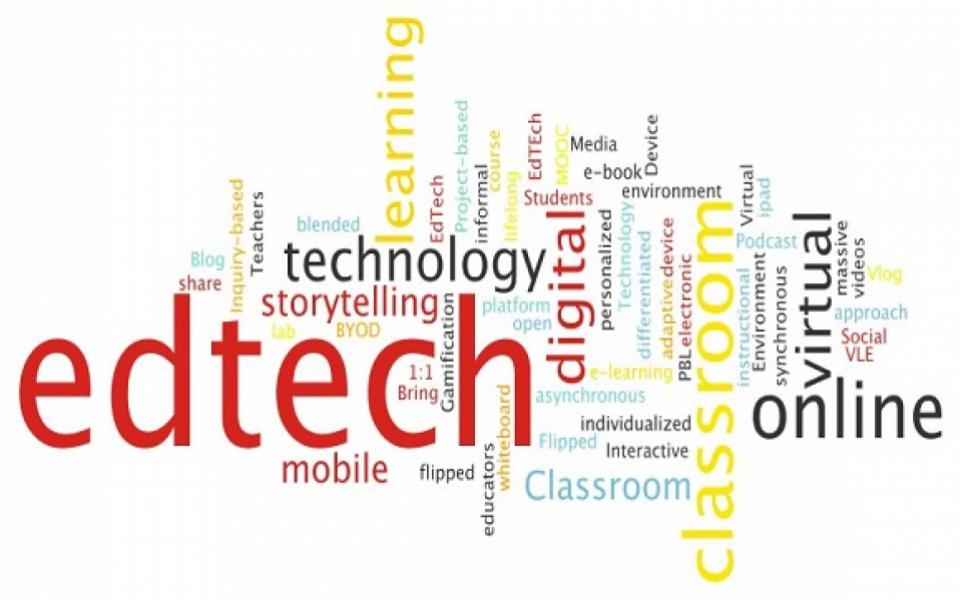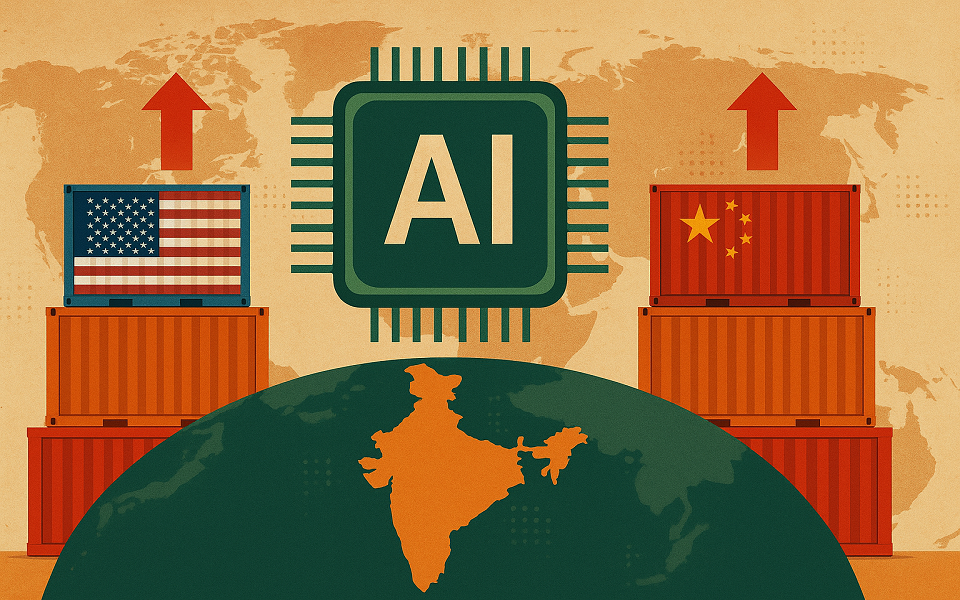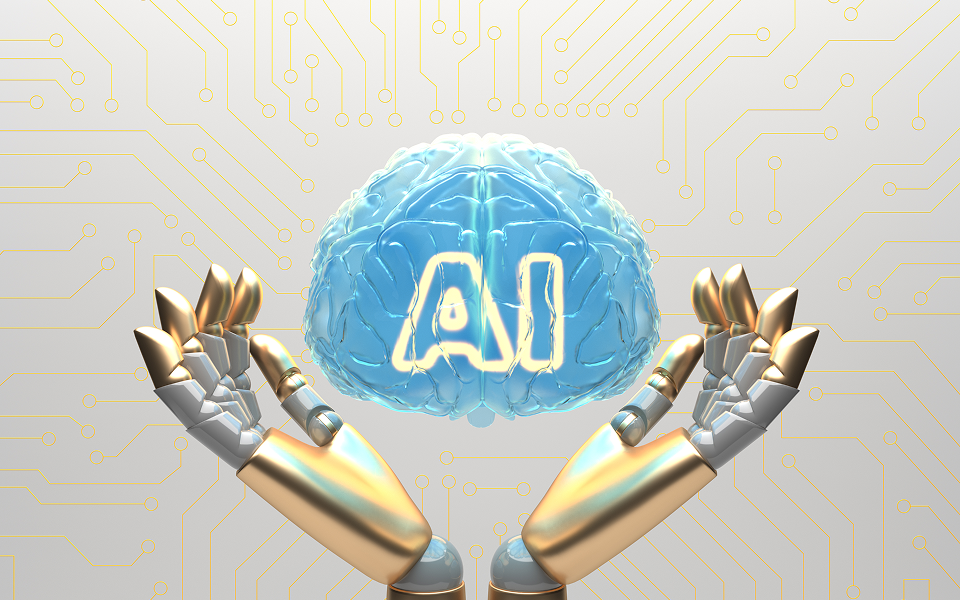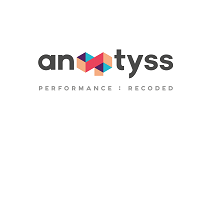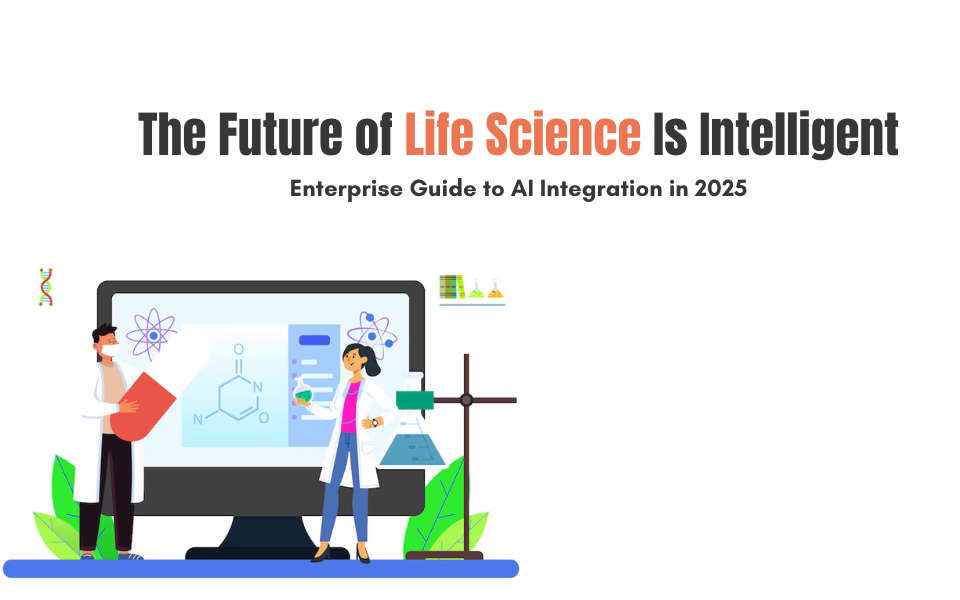“Education is the most powerful weapon which you can use to change the world”
Nelson Mandela
And changed, the world has, but due to the COVID-19 pandemic. Work, workplace, work culture changes are profound and have taken the world by storm. A quieter storm brewed in the space of education – well, not so quiet for parents who have managed all antics to keep their child(ren) in shape with the required learning.
Online classes, with teachers teaching live or through pre-recorded sessions, took even the most ardent fans of online coursework by surprise because of the sheer scale of it – 300+ million children impacted by school closures across India got a lifeline through online education – and eventually, the gradually rising EdTech sector has skyrocketed! NASSCOM’s study, “Re-imagining EdTech – The COVID Effect,” highlights the trends that emerged ever since the pandemic hit – 4X rise in EdTech funding, heightened M&A, rapid collaboration between EdTech startups, schools, and content platforms, and a plethora of mobile Apps.
Inspired by such rapid scale-up, the world’s first EdTech unicorn, Byju’s, arising from India, and the ensuing line-up of EdTech IPOs, NASSCOM Insights decided to explore further and understand what EdTech entails today, how much of an impact it can create, and what is the road ahead. We recently concluded an engaging expert panel discussion – Tech Talks by NASSCOM Insights on EdTech: Towards a Hybrid Omnichannel Learning Model. Do listen in to this thoroughly engaging and inspiring discussion here: https://youtu.be/X04xQHH_2ZU
WE ASKED A FEW FOUNDATIONAL QUESTIONS ON EDTECH
- While EdTech has existed ever since the first MOOCs emerged, in 2012, by Stanford, how is it defined today and how has the COVID-19 pandemic impacted this space?
- When did K-12 schools start adopting technology in education and how will schools transform to take advantage of EdTech in the post-pandemic world?
- Educationists and experts overwhelmingly stress on in-person or classroom education, yet EdTech has taken off as investment, M&A rise. What is driving this acceleration?
- Can, and how will, EdTech bridge the gap between “haves” and “have nots” to make foundational and good quality education available to all? What models combining EdTech and classroom education will become successful?
- Personalization of learning delivery is becoming more important, and EdTech can play a critical role in managing the scale and depth of analysis required. How real is this? Useful? And what goals would it fulfil? Do the positives outweigh the potential for misuse?
- Education, in every child’s life, is a journey of grit and character-building also. Digital can take away a lot of that physical rigmarole. How will the education system ensure that neither this important element, nor the next-gen requirements, are lost upon?
OUR TAKEAWAYS
It is important to integrate technology as a medium into the education system, rather than turning around education to suit technology
Even one of the most perceptive and in-depth definition of EdTech, by the Association for Educational Communications and Technology (AECT), defines it as "the study and ethical practice of facilitating learning and improving performance by creating, using and managing appropriate technological processes and resources". Educational technology is the process of integrating technology into education in a positive manner that promotes a more diverse learning environment and a way for students to learn how to use technology as well as their common assignments.
EdTech can be best utilized as a set of tools, techniques, and capabilities that technology provides to optimize the accomplishment of learning objectives at any stage of the learning journey. For K-12, EdTech must be amalgamated with the existing schooling system, and it requires a deep understanding of the following factors:
- School Systems and the Importance of an Educator
- In India’s context, understanding the school system and its categorization is important. Schools, ranging from high-end private schools to central government run Kendriya and Navodaya Vidyalayas, state government run schools, and low-cost or budget private schools, all have differing exposure, funds, and thus availability of technology to enable access to the teaching staff and their students.
- COVID-19 shut all schools for nearly 18 months. However, across the board, schools made a fervent effort to stay connected with their students. EdTech solutions varied from the high-end standardized online classes using electronic boards and content streaming apps at high-end private schools, to simple recorded videos and WhatsApp quizzes or Q&A, down to “mohalla” replays of teacher videos for a community of students.
- Societal Acceptance of Technology
- COVID-19 had a positive impact on people’s mindset towards digital technologies and embracing these technologies across all walks of life – what government rules or policies could not do.
- How and what technology to rely on, what is lacking and needs urgent attention, what content can be delivered, and how quickly can technology be used to shift learning online – these became talked about themes more actively than before, with a mindset towards action.
- Finally, “Train the Trainer” programs, gained ground so much that several corporate CSR arms started offering special programs to train teachers in digital content creation and delivery modes. (In an earlier blog on EdTech, “EdTech: A Future of Learning Without the Future of the Trainer?” we had put forth a perspective on the need for future-ready teachers to groom future-ready students.)
- Connectivity and Consumability of EdTech Solutions
- Connectivity, infrastructure, and accessibility: In a survey conducted during COVID-19, smartphone ownership amongst teachers was found to be 90%, from a low 20-30% 3-4 years ago. However, only 10-15% of the students had access to smartphones. The share of individual device ownership – further lower.
- Nature of digital content and its consumability – Only students with direct device ownership could access the latest digital interactive content that needs a pre-configured device capable of accessing such content. Content consumability is a problem exacerbated by lack of device capability and accessibility.
- Outcome Expectations from EdTech
EdTech is as a great leveller across strata of learners with its power of Personalization.
EdTech’s true success would be in bridging the gap of availability and accessibility of quality education at affordable costs between the “haves” and the “have nots”.
-
- EdTech must transcend the fear of technological complexity – One aspect about making educational technology more ubiquitous is to not think of technology as something complex. We have all been using landlines, then we graduated to featurephones, and now smartphones. Hardly do we know under the hood technicalities. Same with EdTech – it needs contextual, segment-based, language-based intelligent packaging for it to be a seamless extension of a human teacher.
-
- EdTech must realize the power of data – COVID-19 has given EdTech this watershed moment – where the power of data is helping interventions happen that were unimaginable. EdTech has the power to accelerate the entire process of:
- Identifying learning behavior parameters by separating signal from noise
- Determining “right and contextual” combinations of selected behavioral parameters
- Planning action steps based on insights from combinatorial analysis
- Curating and expanding customized learning packages into seamlessly adaptive learning
- Ensuring in-person interaction time with the teacher for better coaching
- Provisioning instantaneous tagging of training resources from amidst millions of online learning content pieces
- Bringing the right kind of learning interventions to come in much earlier in the educational journey of a student, altering it for better.
- Navigating Readiness Shortfalls with a Broader Ecosystem Approach
EdTech in India faces fundamental challenges in adoption and scaling-up:
-
- Adequate infrastructure and connectivity – particularly the gap between high-end private schools versus the rest. Governments have an important role to play in enabling low-cost, high-speed internet access. Bharat Net and 5G could be game changing.
- Accessibility – Government, civil society, corporate CSR arms, community or crowd-sourced funding, are all important players in enabling students’ access to low-cost devices. Government can layout a funding model. Telecom hardware or Mobile OEMs can come together to fairly subsidize refurbished or second-hand phones that were to be thrown as end-of-life waste. This could lead to a new awareness on sustainable circular economics.
- Simplicity of technology – Whatsapp based bots or text-based content were used during COVID. However, “One Student One Device” can be a distant goal to achieve. Therefore, last mile connectivity is key, and dissemination or access points must be found. Common service centers (CSCs), municipality wards, post offices or rural bank branches, can be leveraged. This is an area ripe for public private partnerships.
- Convergence of the impact ecosystem – the education ecosystem is very diverse. But with the right intent, trust, technology, and innovation capabilities, the governments, educationists, tech solution providers, and the civil society members can come together to build unique solutions.
- National-level digital awareness and promotion of technology in ease-of-living – Parents and members of the society have a critical psychological role to play – not in boosting tech awareness alone, but also in building consciousness towards the right use of technology for optimal outcomes.
Our next set of blogs will deep dive into each of the six fundamental questions. Till then, keep writing to us with your comments and suggestions on what you would like to read or hear on the topic of EdTech. Send your ideas to namita@nasscom.in




